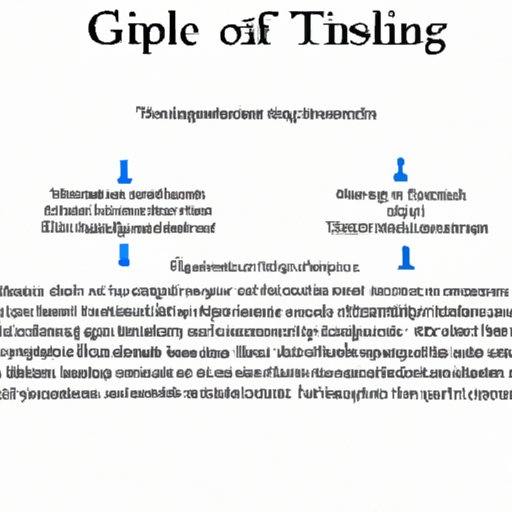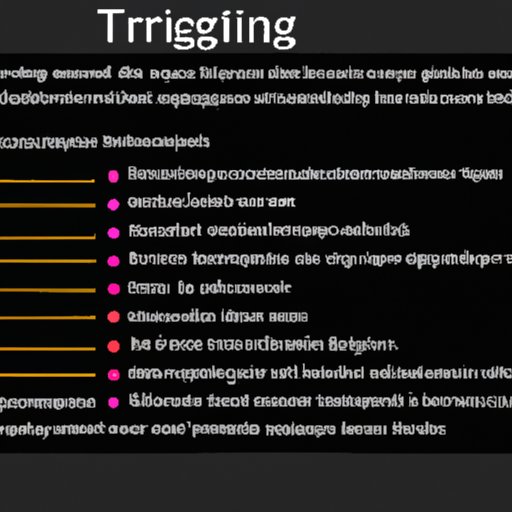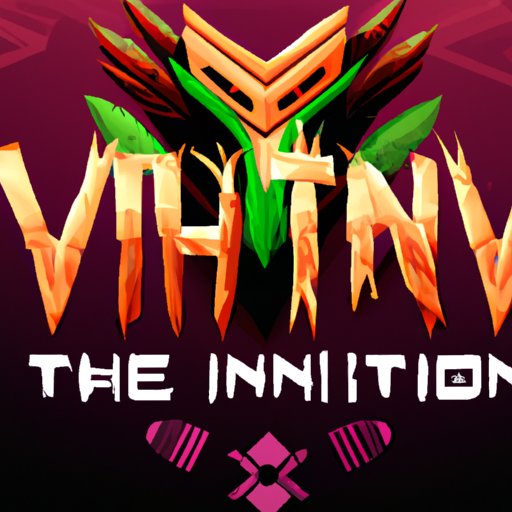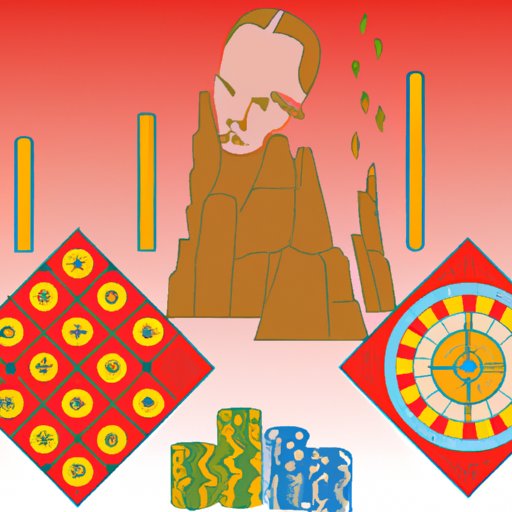I. Introduction
Tribal gaming is a ubiquitous presence in the United States, with casinos run by Indian tribes dotting the landscape of many states. Despite many people associating casinos with the glamour and excitement of Las Vegas or the flashy commercial casinos that dot the country, the role of tribal gaming is often misunderstood. This article aims to explore the ins and outs of tribal gaming, from its origins to the legal frameworks that support it, the economic impacts of tribal gaming, and how it stacks up against comparable casinos. Additionally, we will debunk some of the most common myths surrounding tribal gaming and examine the future of this industry.

II. Exploring the History and Legal Framework of Tribal Gaming
The origins of tribal gaming can be traced back to the 1970s when high-stakes bingo games appeared on reservations. However, it wasn’t until the Indian Gaming Regulatory Act (IGRA) was passed in 1988 that tribal casinos were allowed to flourish. The legal framework of tribal gaming is complex, with the role of tribal-state compacts and the National Indian Gaming Commission playing critical roles.

III. Economic Impacts of Tribal Gaming
The positive economic effects of tribal gaming are hard to ignore. Job creation and revenue generation are just a few of the reasons many tribes have turned to casinos as economic drivers. There are numerous examples of successful tribal casinos that have helped to revitalize economically depressed areas. While some concerns about negative impacts of tribal gaming, such as gambling addiction and the potential for increased crime, have been raised, these are not unique to tribal casinos.
IV. Comparing Tribal Gaming to other Casino Ventures
Comparing tribal gaming to commercial casinos reveals several differences regarding tax structures, ownership, and revenue models. Each model has its pros and cons, and they impact the gaming industry differently. Examining these differences carefully can help in understanding which model is likely to be most successful in a given market.
V. Debunking Myths about Tribal Gaming
Several misconceptions about tribal gaming persist, such as the belief that all tribal casinos are exempt from taxes and regulations. However, data and facts prove otherwise. Dispelling these myths is essential to a better understanding of how tribal gaming works.

VI. The Future of Tribal Gaming
The tribal gaming industry is poised for significant change in the coming years. Technological advancements and changing gaming preferences present opportunities and challenges for tribal casinos. This has the potential to impact the industry as a whole, including tribal communities that rely on casinos as a primary source of revenue.
VII. The Role of Indian Gaming Regulatory Act (IGRA)
The IGRA plays a crucial role in the regulation of tribal gaming. This legislation outlines the rules that govern gaming operations and helps ensure that they are run fairly and transparently. Despite some criticism, the IGRA has done much to ensure that tribal gaming is well-regulated and profitable for gaming tribes across the country.
VIII. Examining the Relationship Between Tribal Gaming and Tribal Sovereignty
The relationship between tribal gaming and tribal sovereignty is a complex one. Tribal sovereignty is what enables tribal gaming to exist, and its growth has affected the authority of Indian tribes in other domains as well. There are concerns about how the exploitation of tribal sovereignty in the gaming industry could negatively impact tribal communities.
IX. Conclusion
This article has explored tribal gaming’s impact on tribal communities and the larger gaming industry. Tribal gaming has been a significant player in the casino industry and comes with its own unique set of legal frameworks, economic impacts, and common misconceptions. By dispelling these myths and examining the future of tribal gaming, we can better understand the role of tribal casinos in the larger economy and the impacts they have on the communities they serve.
